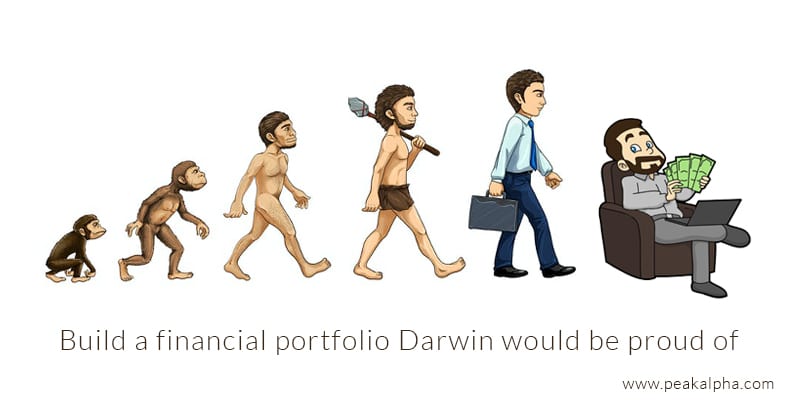- January 1, 2021
- Posted by: peakalpha2023
- Category: Financial Planning

Owning portfolios most adaptable to change makes more sense in today’s world
People change. Ideas change, dreams change, relationships change, preferences change. These are internal changes, in the way one thinks about life and about the role of money in it. And while all this happens, the external world changes. Circumstances change, markets change, abilities change, employment and employability change, health and longevity change.
As we enter the new year with hope and optimism, we leave a year that has given us a new understanding of the scope and scale of change that can occur. We all did whatever we could to emerge successfully on the other side of the pandemic. Families worked hard to ensure that each family member had the resources and support to withstand the pandemic’s challenges. Companies re-evaluated many long-standing assumptions about their business environment and developed new ways of operating. Governments prioritized the today over the tomorrow with stimulus packages, and many struggled with the trade-off between the lives and livelihoods of its citizens.
Change is an interesting thing, like spice in your soup. Too much of it ruins the soup and makes it unpalatable, but the complete absence of it is intolerable. Like the film Groundhog Day, whose protagonist wakes up each day to encounter the exact same set of events as the day before. To some people well into a comfortable retirement, this may be familiar.
Unlike spice in your soup, however, change in your life is often outside your control. Things happen, and you respond. Darwin identified long ago that “it is not the strongest of the species that survives, nor the most intelligent that survives. It is the one that is the most adaptable to change”. How do you build a portfolio that is most adaptable to change? I would argue you would focus on building three things that any great general of an army would do—strength, agility and resilience.
The stronger army generally wins. Stories of weaker armies emerging victorious are remarkable because they are rare. Further, generally the larger army is the stronger army. Portfolios are similar in that the larger they are, the better capacity they have to weather change. People who have become wealthy in their lifetime often refer to the freedom that their wealth gives them, the freedom to spend knowing that they are unlikely to make a dent to their wealth, the freedom to take on new risks that they may not have considered before. This freedom originates from an ability to incur some losses without materially impacting their sense of well-being, their independence. A habit of prudence and discipline regarding one’s expenditure is the most proactive way to build a large portfolio, so that the money saved becomes available when needed.
Agility gives one the ability to respond quickly to change. In the face of adversity, an army that can redeploy soldiers and resources quickly and efficiently in response to a new strategic thrust is more likely to succeed. In a portfolio this is best assessed by the liquidity of its constituents. In other words, when one needs the money, how long will it take to convert the asset into cash in the bank? Also, will your asset retain its value even if you are in a hurry to monetize it, or will it surrender some of its value as a haircut? We often see such a haircut in distress sales, whether these be real assets or financial assets. One can assess liquidity by the depth of markets in which these assets are transacted. While markets like those for gilts or large-cap stocks treat sellers equally, whether in a hurry or not, markets for small-caps, antiques or below-investment-grade credits are likely to penalize those in a hurry. One can retain an agile portfolio by ensuring that it is invested in predominantly liquid assets.
Resilience gives one the ability to bounce back when struck down. An army with multiple skill sets to draw upon, depending on the context, is better able to withstand initial setbacks and still emerge victorious. In a portfolio, this is best achieved by using asset allocation to achieve balance and diversification. The ability to achieve lower levels of overall risk by including assets in the portfolio that have low correlation is well-documented. The inclusion of gold and debt may not set your portfolio on fire but will provide a cushioning effect during sharp corrections. Similarly, through geographical diversification, one can reduce the overall risk level of the portfolio without sacrificing much return.
The fact that “black swans” are becoming more frequent is a testament to the fact that we live in very interesting times. Owning portfolios most adaptable to change will ensure you can enjoy the excitement rather than be defeated by it.
